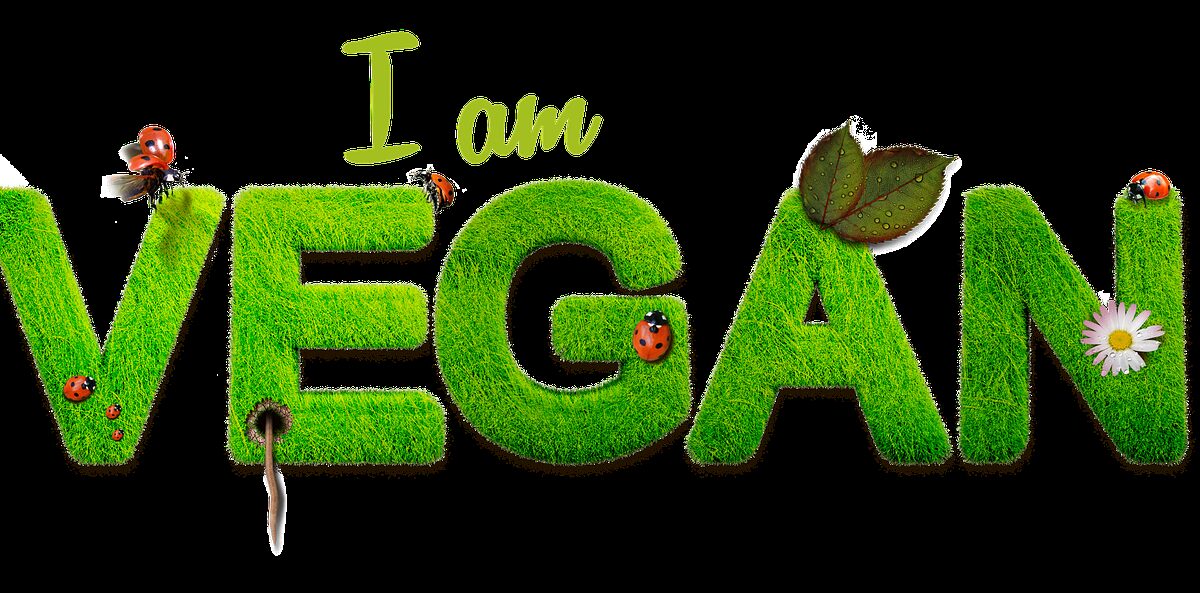How to Get Amino Acids as a Vegan
Following a vegan diet can provide numerous health benefits, including lower cholesterol levels, reduced risk of heart disease, and improved digestion. However, one concern for vegans is obtaining all the essential amino acids, as they are primarily found in animal-based products. Amino acids are the building blocks of proteins and play a crucial role in various bodily functions. Fortunately, with careful planning and a diverse plant-based diet, vegans can easily meet their amino acid needs. Here are some tips on how to get amino acids as a vegan:
1. Consume a Variety of Plant-Based Protein Sources
While animal products contain all the essential amino acids, plant-based foods can also provide a complete protein profile when combined correctly. By consuming a diverse range of plant-based protein sources, you can ensure you are getting all the essential amino acids your body needs. Some excellent sources of plant-based protein include:
- Quinoa: A complete protein that contains all nine essential amino acids.
- Soy Products: Tofu, tempeh, and edamame are rich in protein and provide all essential amino acids.
- Lentils: High in protein and a good source of essential amino acids.
- Chickpeas: A versatile legume that offers a good amount of protein and essential amino acids.
- Seeds and Nuts: Almonds, chia seeds, hemp seeds, and pumpkin seeds are all excellent sources of protein and amino acids.
- Beans: Black beans, kidney beans, and pinto beans are protein-rich and contain essential amino acids.
2. Combine Complementary Proteins
While individual plant-based protein sources may not contain all the essential amino acids, combining complementary proteins can create a complete protein profile. Complementary proteins are two or more plant-based protein sources that, when consumed together, provide all the essential amino acids. For example:
- Legumes and Grains: Pairing legumes (such as lentils or chickpeas) with grains (such as rice or quinoa) creates a complete protein profile.
- Legumes and Nuts/Seeds: Combining legumes with nuts or seeds also provides all the essential amino acids.
- Grains and Nuts/Seeds: Pairing grains with nuts or seeds can also create a complete protein profile.
3. Incorporate Fermented Foods
Fermented foods are not only beneficial for gut health but can also enhance the amino acid profile of plant-based foods. Fermentation breaks down proteins into more easily digestible forms, increasing the availability of amino acids. Some fermented foods that can be included in a vegan diet are:
- Tempeh: A fermented soy product that is high in protein and amino acids.
- Miso: A traditional Japanese seasoning made from fermented soybeans, providing essential amino acids.
- Sauerkraut: Fermented cabbage that can be a tasty addition to meals and contains small amounts of amino acids.
- Kombucha: A fermented tea that can be consumed as a refreshing beverage and may contain trace amounts of amino acids.
4. Consider Supplementation
In some cases, it may be challenging to obtain sufficient amino acids solely from food sources, especially for athletes or individuals with specific dietary restrictions. In such cases, vegan amino acid supplements can be considered. These supplements are derived from plant-based sources and can help meet the body’s amino acid requirements. However, it is essential to consult a healthcare professional or registered dietitian before starting any supplementation.
By following these tips and incorporating a variety of plant-based protein sources into your diet, you can easily obtain all the essential amino acids as a vegan. Remember to focus on a well-balanced and diverse diet to ensure you are meeting all your nutritional needs.
